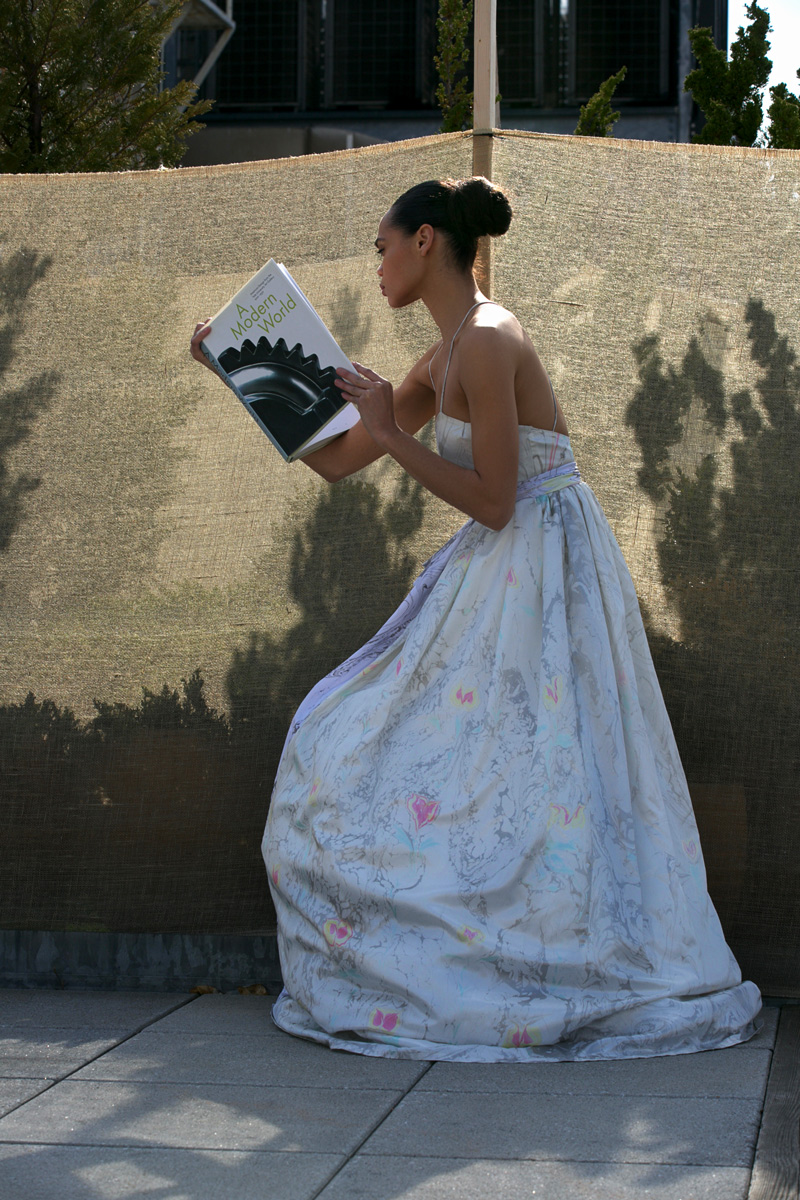There is solace in writing this piece. I have discovered deep philosophical resonance echoing from designer Runa Ray’s collection: Our Blue Mess. Inspired by water, the element so universal within us, so essential to existence, so ethereal and powerful a force of nature that we are all universally dependent upon.

The timeline of our Colors of Culture issue aligns with life (as we have known it) presently put on pause. Timely reflection found in the stillness of the elements we find ourselves in. Still, we share a yearning for story, fashion, art and culture waiting amidst a wave of uncertainty. I invite you to engage this piece as an offering of connectedness.
Let us begin with the beauty and simplicity of this collections naming: Our Blue Mess. For Ray, her collection finds us where we are, offering a solemn reminder of the very element that connects us to our survival as humankind. We share life by way of water. We are all made of it, and are therefore more similar than different. A ‘mess’ of a world it may seem, we are making conscious choices together and apart. Ultimately sharing our one planet, and her resources.
Our Blue Mess translates the textures, hues and fluidity of water onto fabric while conveying ideals for consciousness. The collection is crafted from attention to detail and the translation of color from the art of ancient water painting. Handcrafted by designer Runa Ray, who’s mission is “activism through environmental and social concerns in fashion”.




Runa Ray is an Indian born fashion designer who established her line in 2012. Branding her label a sustainable fashion company with commitments to fair trade garments, organic fabrics and zero waste initiatives. The company donates portions of proceeds to fund environmental educational programming to further promote sustainability and is an official partner at the (now postponed) 2020 United Nations Oceans Conference.
Bolstered by her ecologically driven approach and ‘design with the end in mind’, Ray commits her brand to fashion environmentalism and the ‘reduce, reuse, recycle’ model while executing a low emissions manufacturing process, converting garment scraps to paper to offset her companies carbon footprint. From the sourcing of natural fibers, to zero wastage reuse of surplus fabrics and the recycling of biodegradable materials, Ray is intentional about her companies pledge to sustainability.



